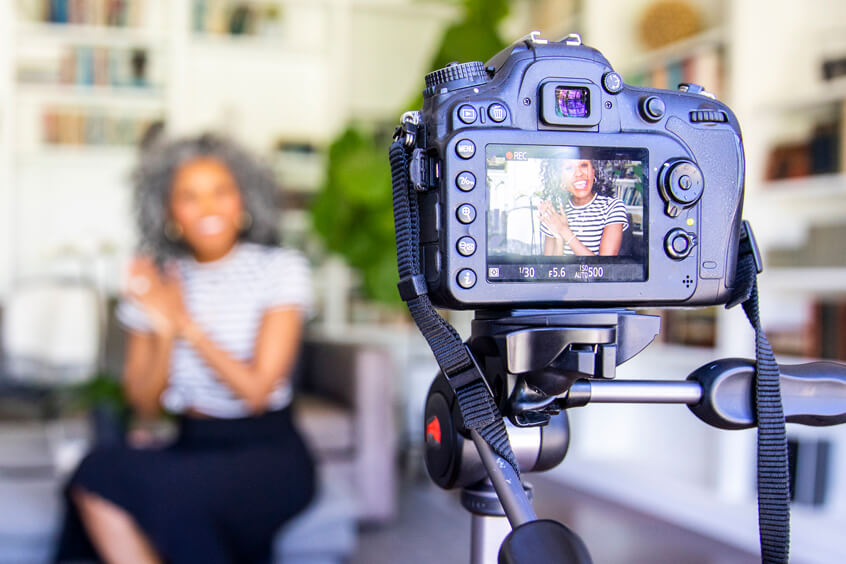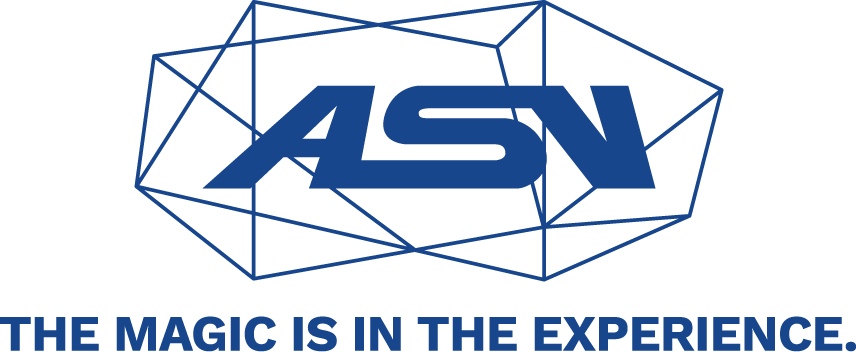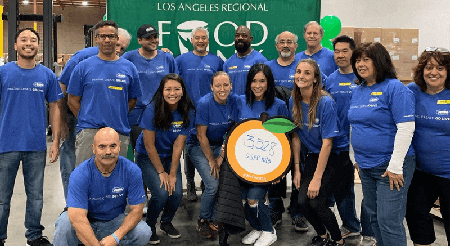Social media is at the center of our lives today. As such, brands use it to find more meaningful ways to stand out and connect with modern consumers. In the event space, that means finding ways to encourage the kind of organic social presence that resonates with a customer long after an event concludes.
Marketers know this, which is why brands host events at all. An Aventri/Little Bird Media joint study estimates that 96% of events use social media to spark their brand awareness. And yet, a Splash/Harvard Business Review joint report shows only 52% of events actually have repeated social media engagement throughout the day.
Merely creating a hashtag or asking for a share won't suffice. Genuine event engagement requires brands to leverage social in a way that engages attendees in a deeper and more meaningful manner. Connecting with event attendees on a more personal level will drum up the kind of engagement and interest with event attendees that stay with them for the long haul.

Authenticity By Design
According to a Medikix survey, 89% of marketers list influencer marketing as one of the top ROI producers. But to see that return, brands must deploy pointed social strategies, especially during their events.
These days, brands cannot only sell products. They must go the extra mile to bridge the gap between brands and the influencers who steer social media conversations. By finding the right social influencers, having a message that aligns with theirs, and building authentic connections, brands can gain valuable followings in the overpopulated social media game.
Here are a few ways event marketers can drum up engagement through social media during an event:
- Find the givers. A powerful message, such as outreach and fundraising for a worthy cause, can yield more meaningful social engagement. Old Navy used this strategy on countless occasions, including a recent Black Friday partnership with the Boys & Girls Club of America. The partnership raised $1 million in a single day — and had massive influencer engagement, as well.
Partner with causes that attendees are enthusiastic about. Give those organizations a social and in-person presence at your event to build rapport with your target audience. - Recognize, respond, and repost. Brands can take the time to interact directly with their target audience, getting real-life consumers’ thoughts, sharing their stories, and continuing to push the brand to stay connected. This approach leverages and increases the connection with those already open to posting about the brand. Social Media Marketing World handles this beautifully, with both attendees and speakers adding content and discussion both before and during their events.
- Diversify channels and touchpoints. Many consumers will never see, hear, or experience a particular event. This is why the most engaged brands spread their stories across multiple markets, events, and locations so that more consumers can be part of the larger conversation. Use specific demographics (e.g., age, interests, occupation) to home in on your target audiences and their preferred social channels.
Brands can no longer expect consumers to do the work of sharing for them. Instead, they must actively encourage engagement with a compelling story, active dialogue, and a multitude of connections. Only then can a valuable conversation truly begin.







